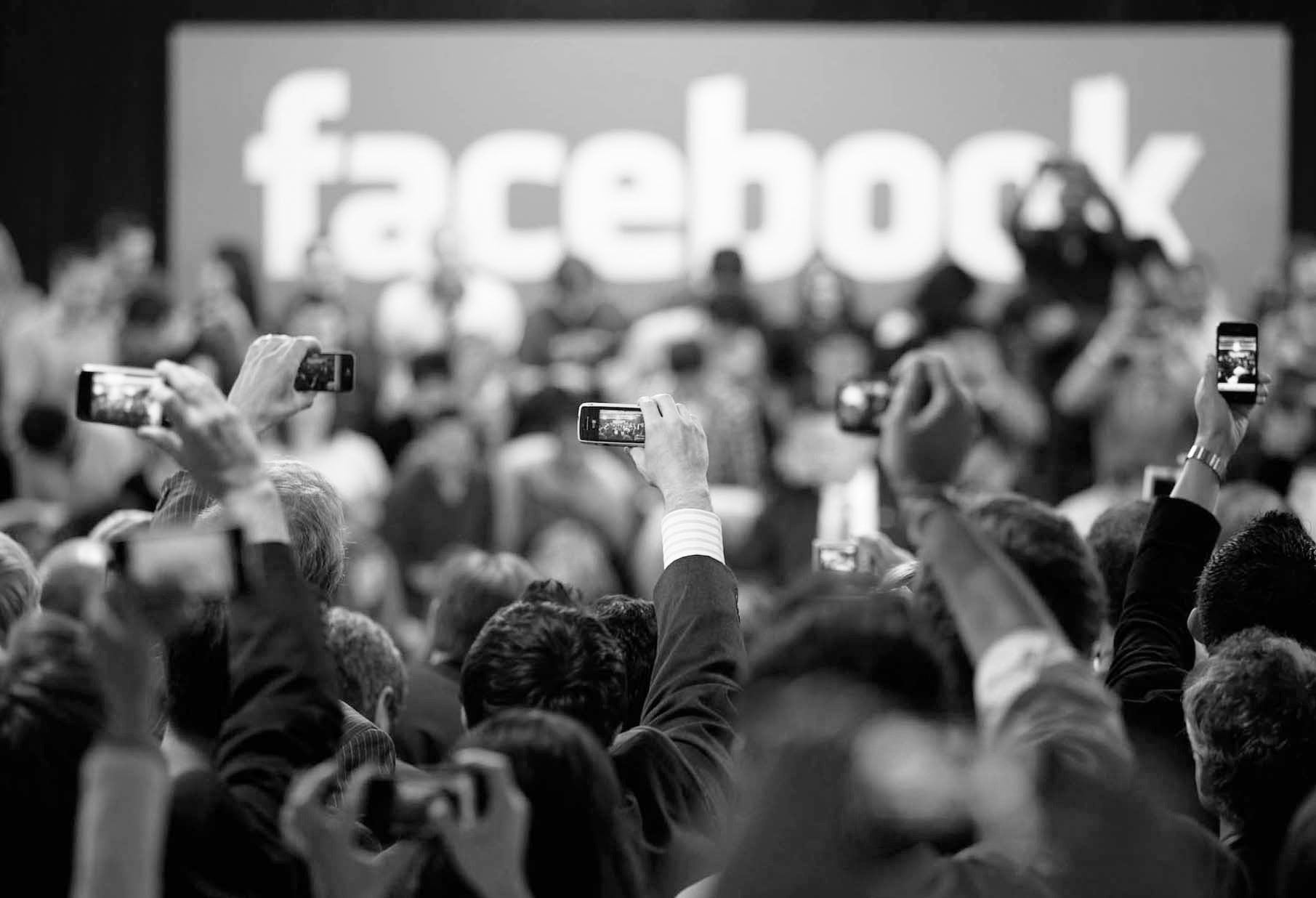Technology and social media are great ways to connect with people, share stories, moments, and memories. While it may help connect us with those far away much easier and faster, technology has transformed the way we communicate with each other in person, and not in a good way.
The increase in use of technology through platforms such as email, Facebook, Instagram, and twitter make it easy to connect with someone through the literal click on a button. We all fall victim to it, and know that it is much easier to lay in bed and email our professor with a question we have, rather than walk a whopping quarter of a mile to Beck Hall.
I won’t sugar coat it, technology has made us lazy. Being able to do literally everything behind a screen nowadays has started to eliminate the authenticity and depth of conversations. Yes, it is obviously easier to type a few sentences than trudge all the way over to Confer, but most of the time, questions are much better answered in person by professors, as well as having the ability to ask follow-up questions right then and there. Relying on technology can be a bold move sometimes because there is no guarantee that the other person will reply back. But of course, we still insist on staying put even though we know when office hours are, or where our friend is based on their Snapchat location. It’s just more comfortable, literally and figuratively, to communicate with technology. This also applies with friends and family. “Why would I have an in-person conversation when I can look at my phone? It is easier to grab the phone rather than try to come up with something to say in a gap during a conversation,” Junior Kirsten Jensen said.
When talking to someone in person, they are much more likely to tell a story or memory in their entirety, but over text or email? No way, that is way too much work to type out the whole thing because thumbs get tired. The way I see it, it’s just creating more problems in the long run, so take that “long run” from Sohre to the Caf and have that in-person conversation.
Of course, there is always the option to call someone rather than try to tell a whole story over text, but that leads to the next way technology has transformed communication.
We are so used to hiding behind a screen every single day, that when the time comes to speak to someone new in person or on the phone rather than sliding into the DMs, we don’t know where to start or how to act. “Technology in general is making in-person conversations become awkward,” Sophomore Kyra Bower said. I will admit myself that I dread having to leave a voicemail, or talk on the phone with someone because that leaves the chance for an awkward silence to slip in.
Ironically, communicating with technology is always silent. It isn’t uncommon to see people texting each other when they are sitting a solid two feet away from each other, rather than talking to them. We are losing, and not learning, the skills that allow us to deal with silence, as well as starting and ending conversations. This is the reason that the “nice weather we are having” small talk is a thing.
Another skill that technology users aren’t practicing is the ability to use and read body language. As college students working towards future careers, skills such as eye contact, gestures, a good handshake, conversation cues, and more, aren’t being utilized as much as they should be. To employers, this can be the one thing that sets a candidate apart from someone else.
In comparison, the person with the good handshake will most likely get the job instead of the person with a “soggy lettuce hand” grip. “When interacting behind screens, it’s easy for one to forget they’re talking to a real person, especially without social cues and eye contact,” Bower said. This is the reason that a phone interview is never without an in person interview as well. Body language is the way of saying so much without having to say anything at all, and technology interrupts that natural process.
Miscommunication is much more common when communicating over technology than in person. Sometimes there are not enough emojis to convey the true meaning of the message, or there just isn’t an emoji for it at all. We hear it time and time again that tone cannot be conveyed correctly over a text or email which can lead to more problems, yet we continue to do it anyways. So many disputes could be prevented if the conversation happened in person, just because it is human nature to read into things too far at times.
The addition of emojis has helped in conveying the meaning of messages better than back when getting a parentheses and colon smiley face from a crush in middle school was the equivalent to a heart emoji. Still, even with pages of emojis, they can’t correctly convey tone and can be taken the wrong way, especially when the peach emoji has a double meaning.
Social media and technology is good at enhancing many aspects, but communicating in person is not one of them. “Technology puts us in an interesting dichotomy as it hinders face to face communication but advances and improves the frequency in which we can communicate with one another,” Sophomore Kenzie Berg said. Technology and social media is a solution to making long distance communication not so long, not a replacement for in-person conversations.
